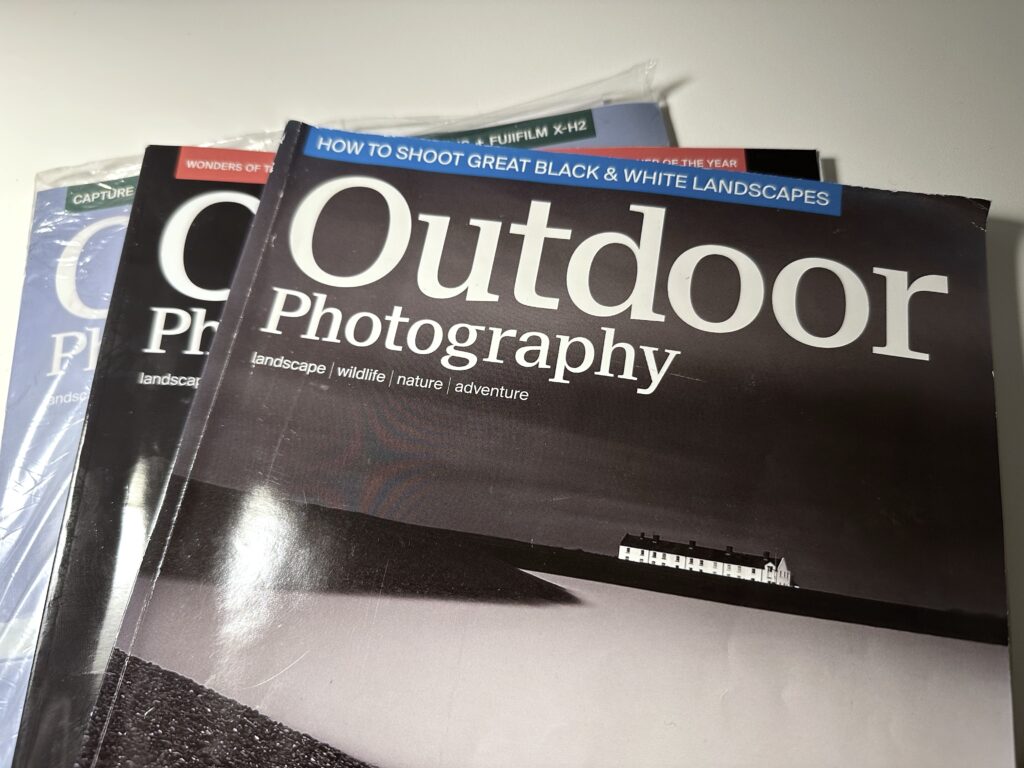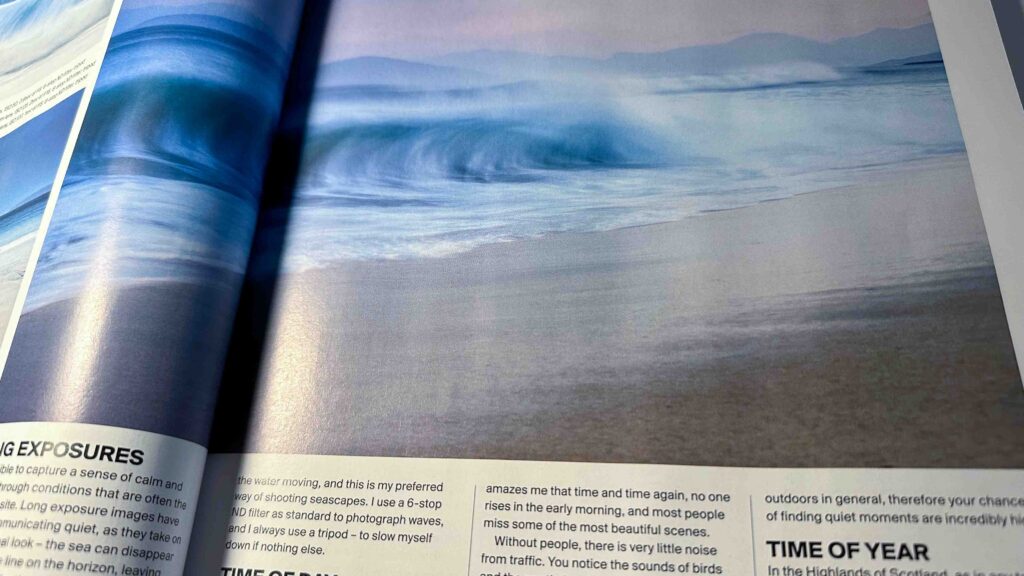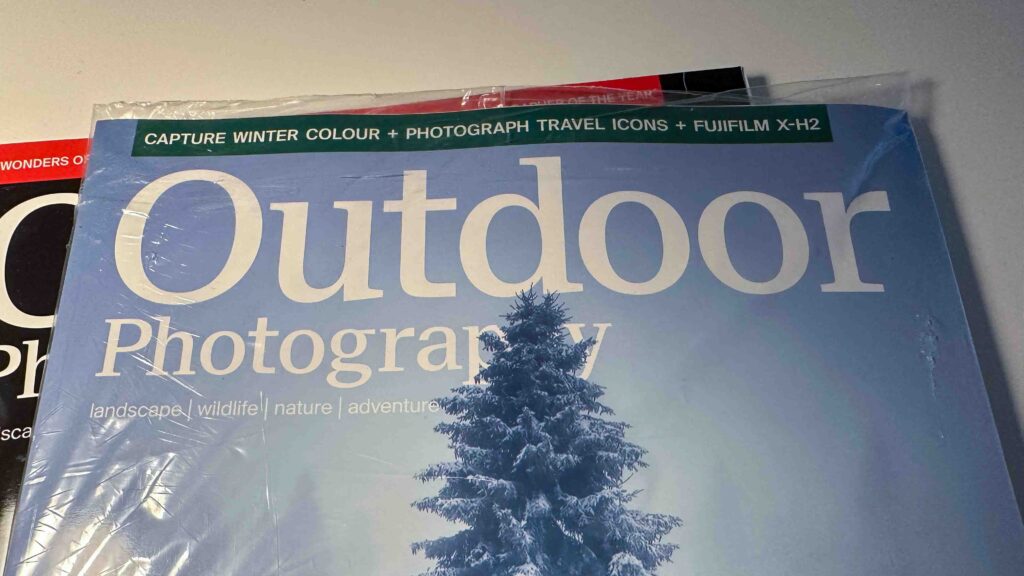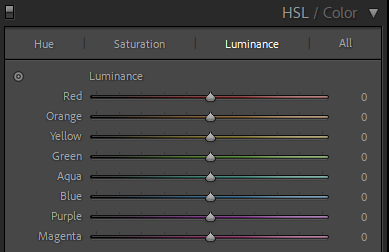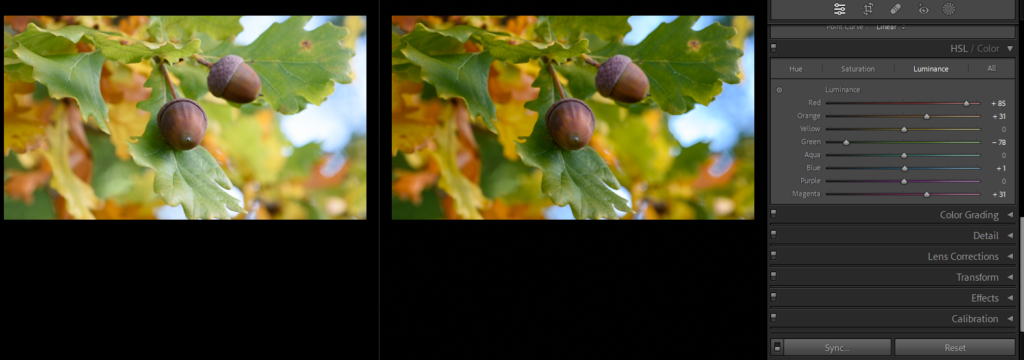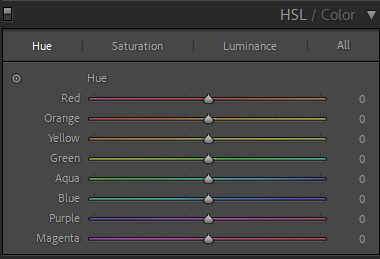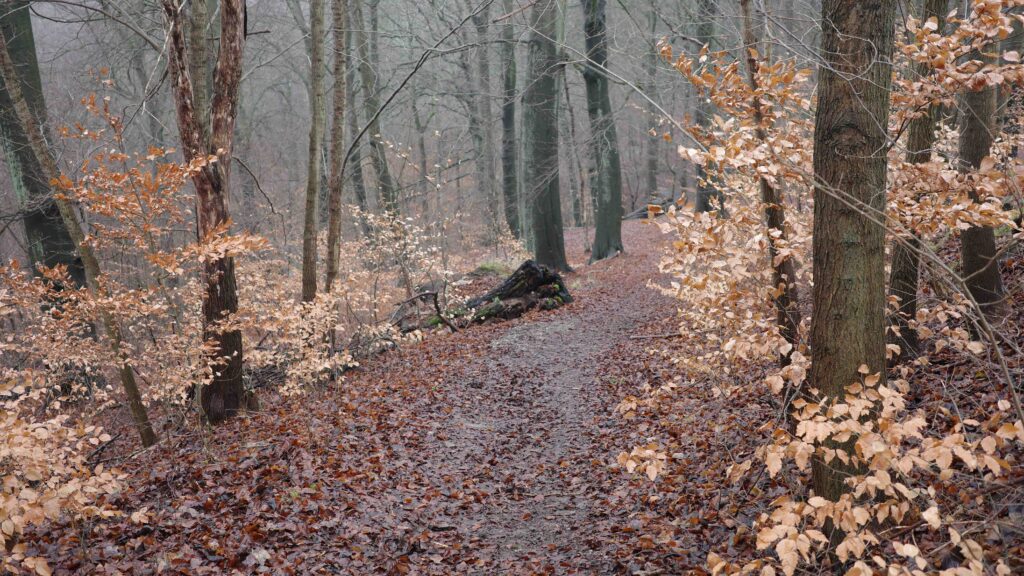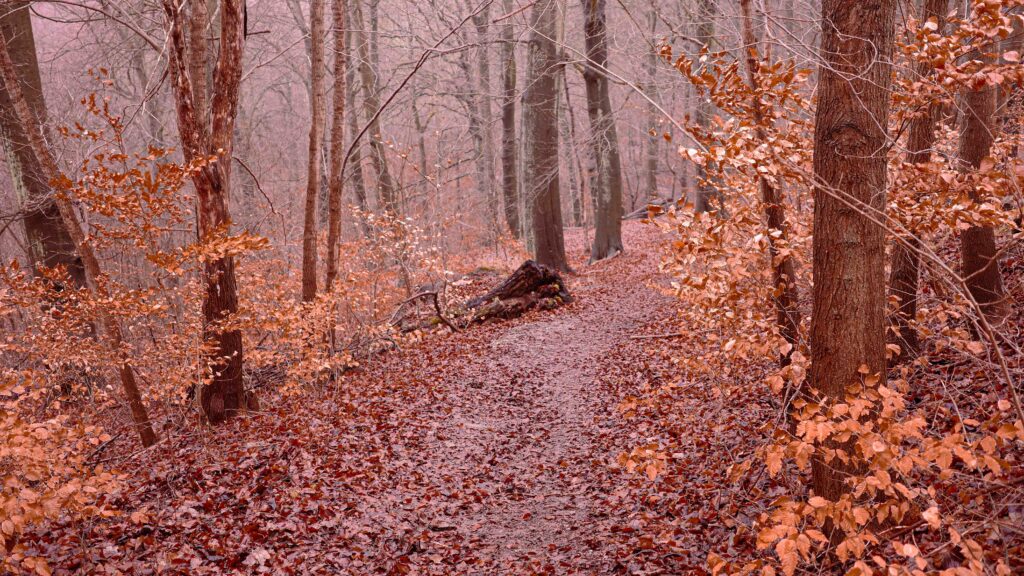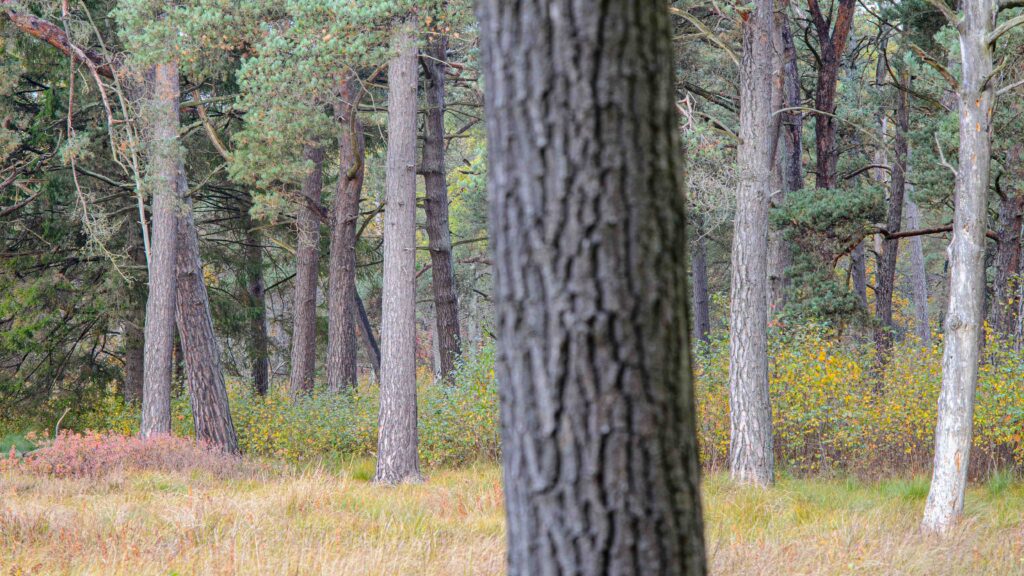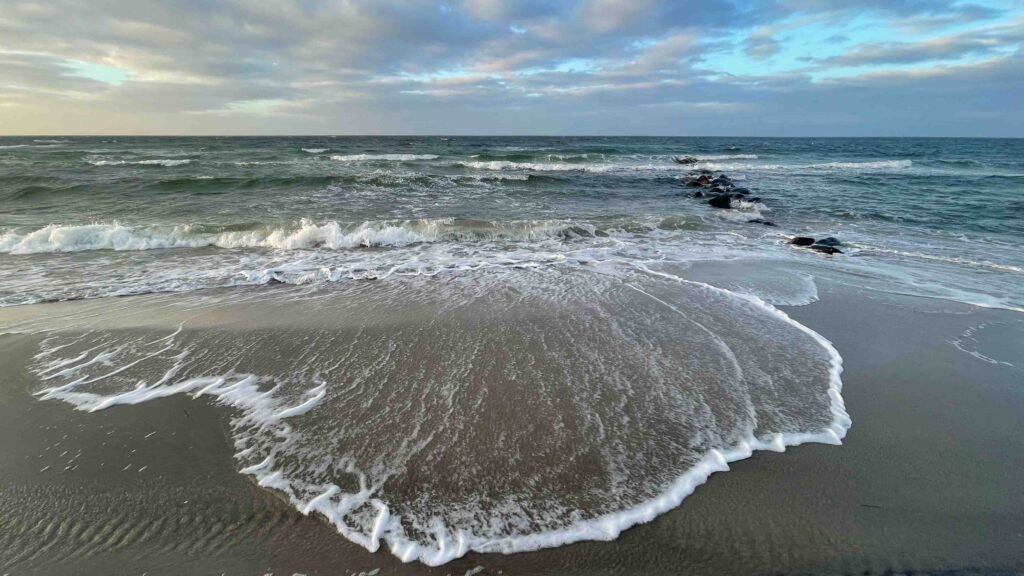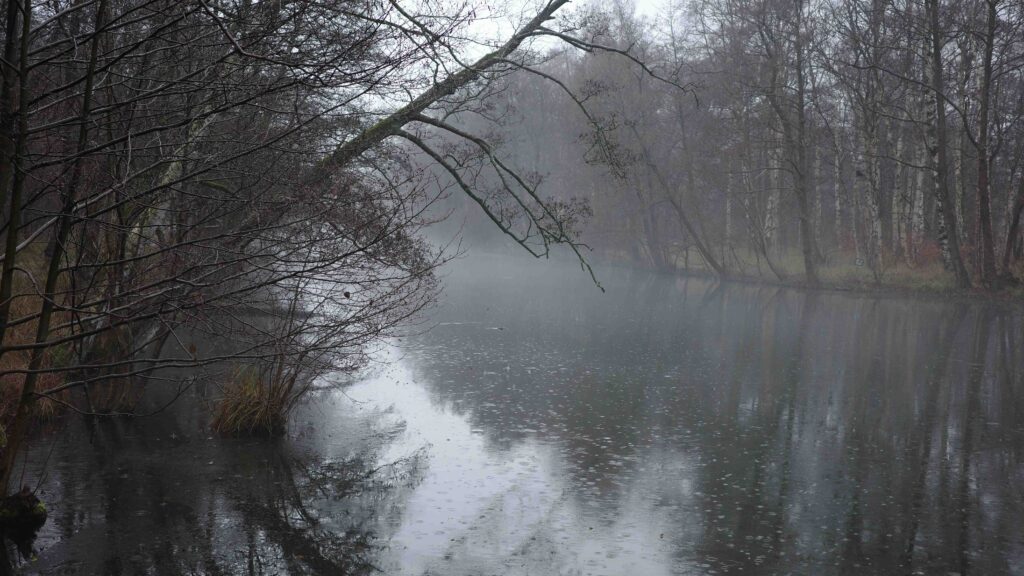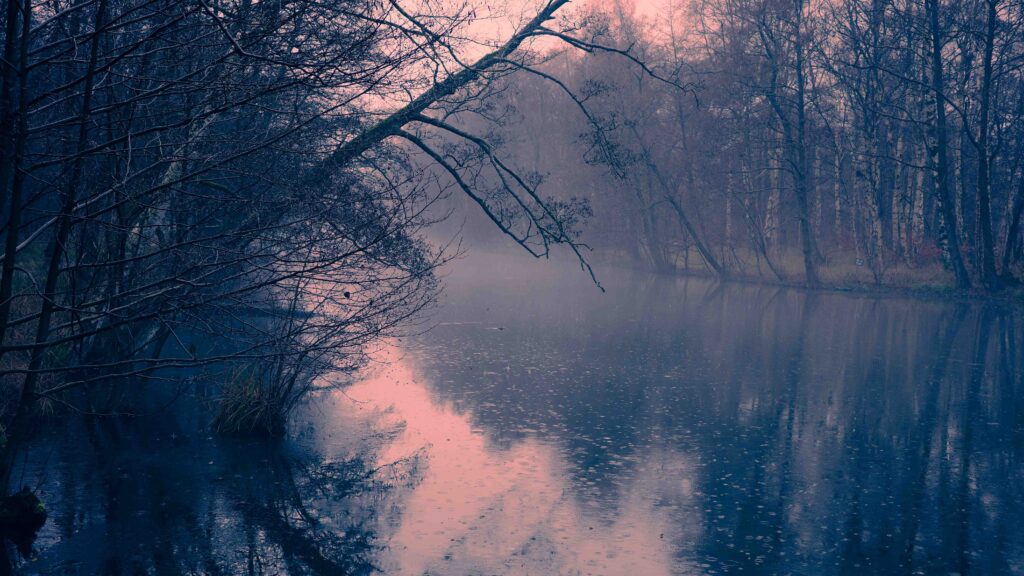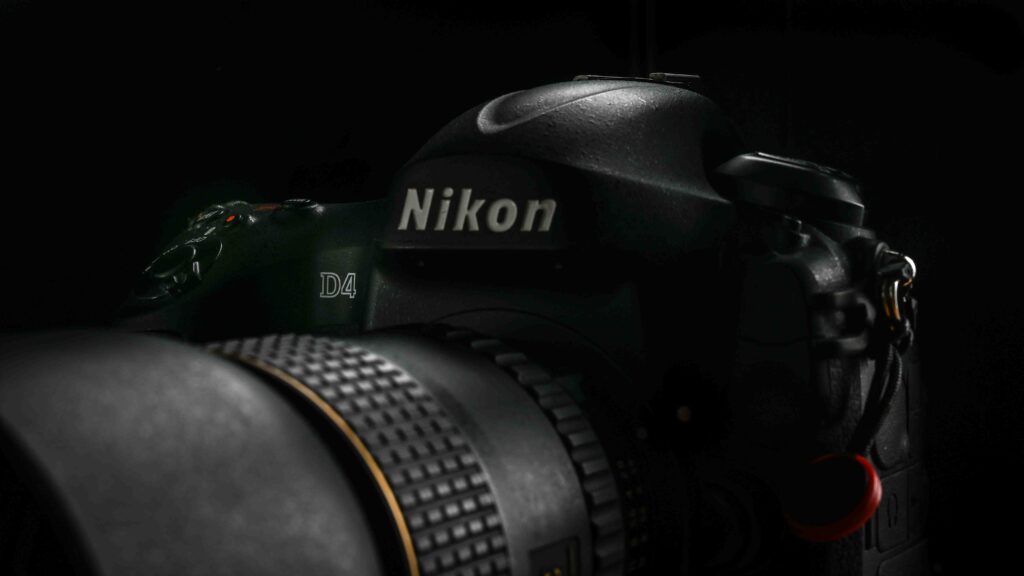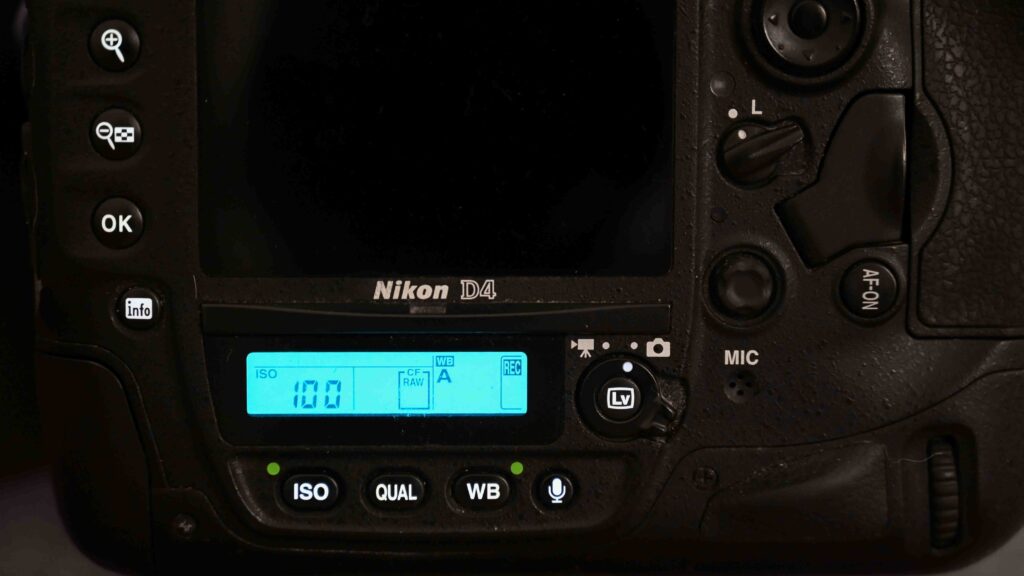I was looking for a messenger bag (a sling bag), and after googling a bit the Timbuk2 Heritage Classic S Messenger bag quickly came out as the one that suited my needs the best: A basic bag, not too expensive (83 EUR) and solid build quality. The price varies a bit subject to the color chosen, but it is in the vicinity of 80 EUR here in Europe. (For the record: I am not sponsored by TimBuk and have bought this bag for my own money).
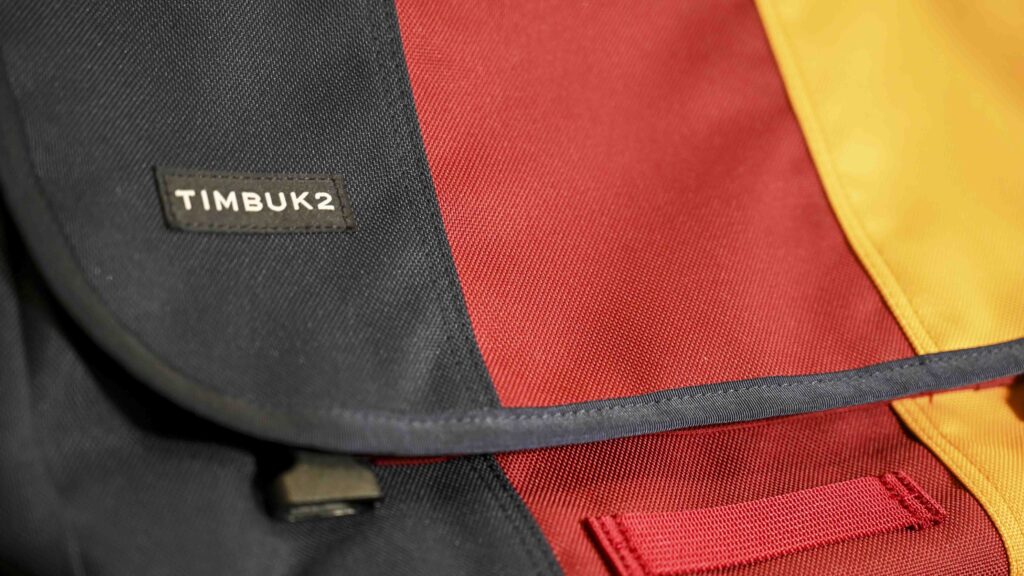
It measures 37 x 26 x 10 centimeters approximately and easily holds my laptop, a X280 ThinkPad laptop (13″ approx). In addition I have a notebook and and a few pens, and that is basically it. I have both keyboard, charger, mouse and screen both at home and at my workplace, so I am so lucky that I only need to carry the PC itself and then a notebook. And for this limited purpose, the Timbu2 has plenty of room.
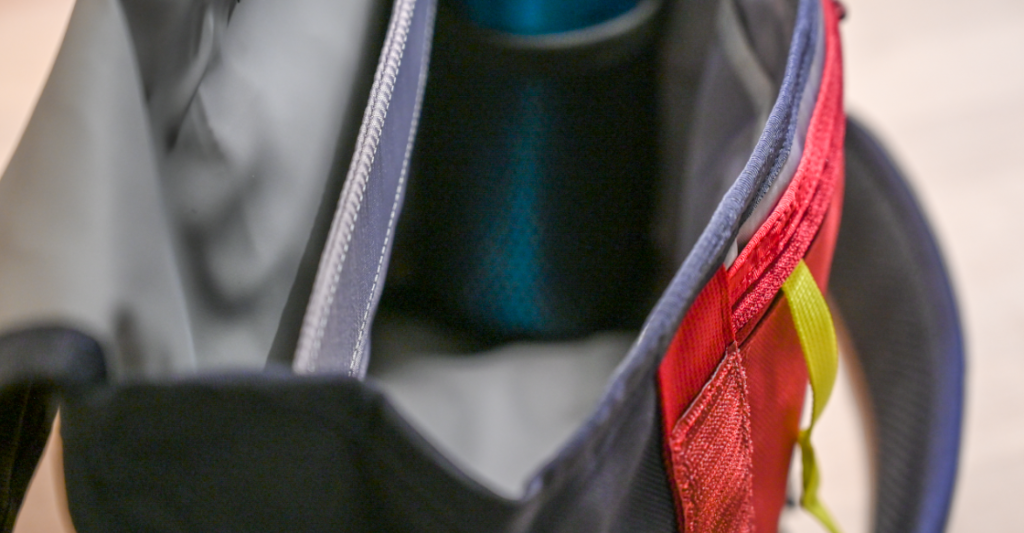
There is no padding in the bag and if you plan to carry fragile material in the bag, you’d better be sure not to drop it or put it down suddenly – there is only a thin fabric. The fabric seems solid and durable and I trust it will last for many years and also keep water out, but do not expect padding.

Inside the bag there are 2 large rooms. I use the inner room for the PC and the other room for my notebook and gloves. There is a little net for holding a bottle as well, but it will not hold a tall thermo bottle like above (the bag will not close properly) – but a 1/2 liter cola fits fine.
Inside the bag there is a number of small open rooms that I use for holding pens primarily, and there is also a larger room you can close with a zip.
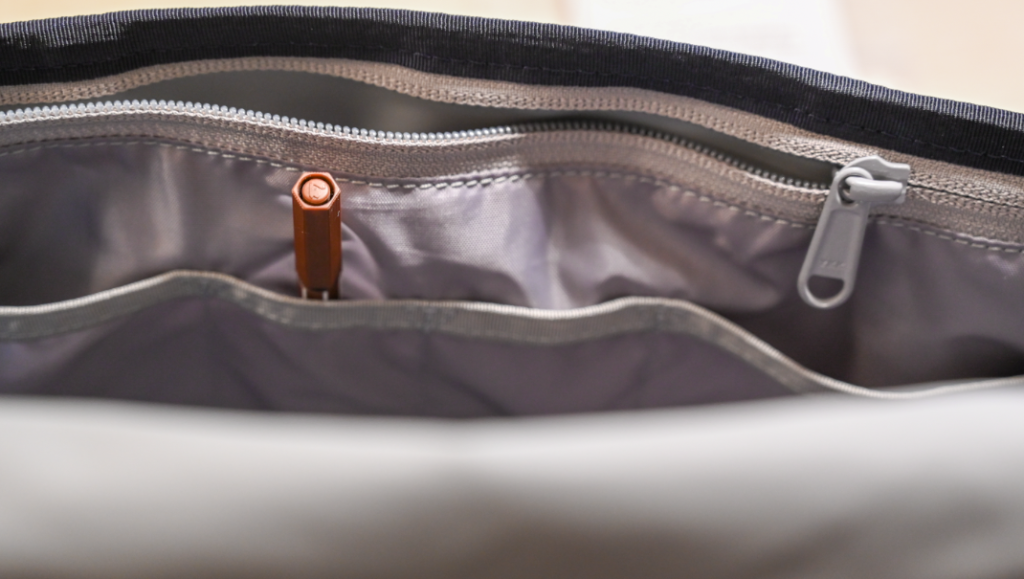
On the outer side of the bag there is one open pocket and two that closes with a zipper, and one of them has a string inside that allows you to attach a keyring so you can have your keys attached and stored safely.
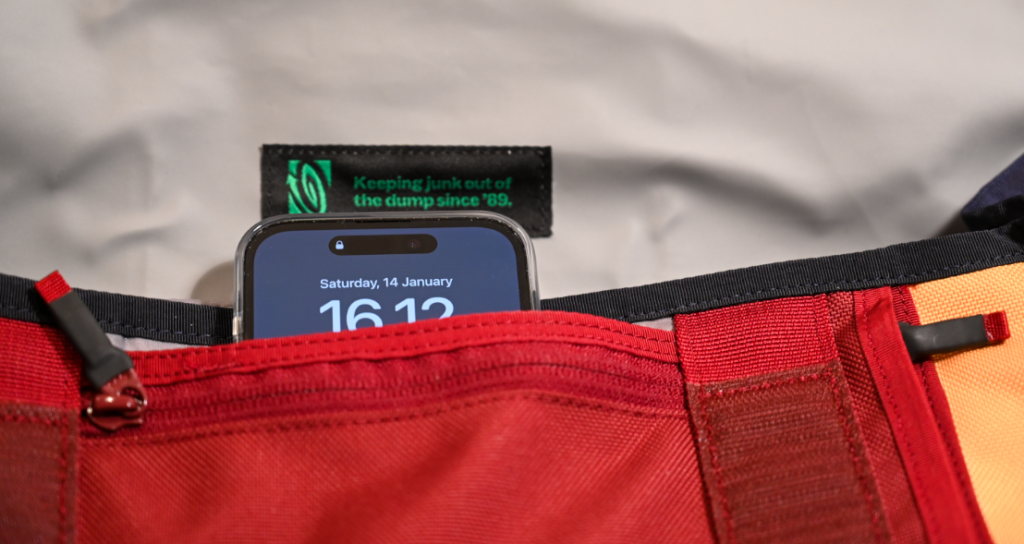
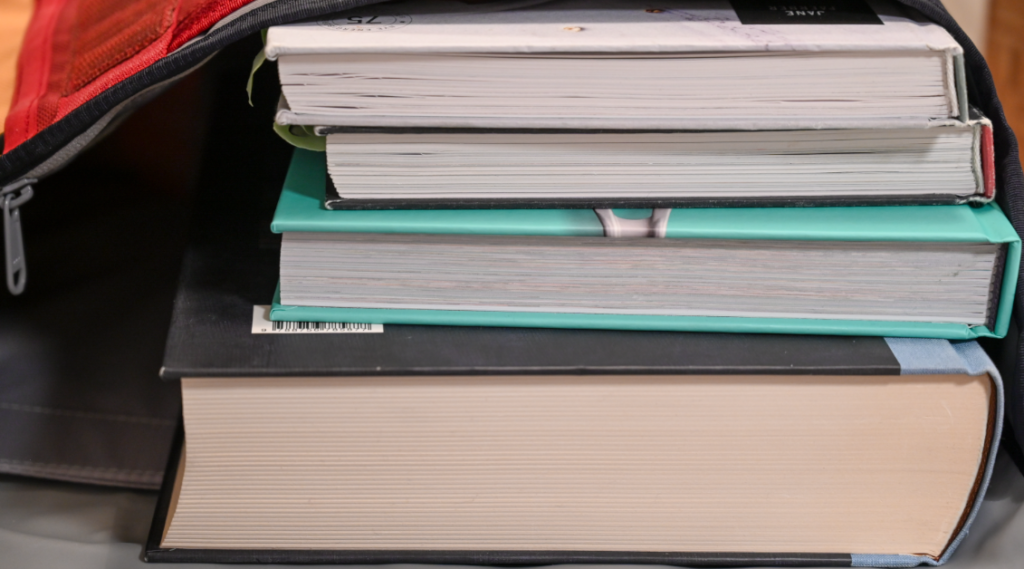
The thickness of the bag can be adjusted with two straps that also hold the locks for closing the bag. I don’t like to have the strings flapping around, especially when I am on the bike, so I have made a little knot to keep them at bay.
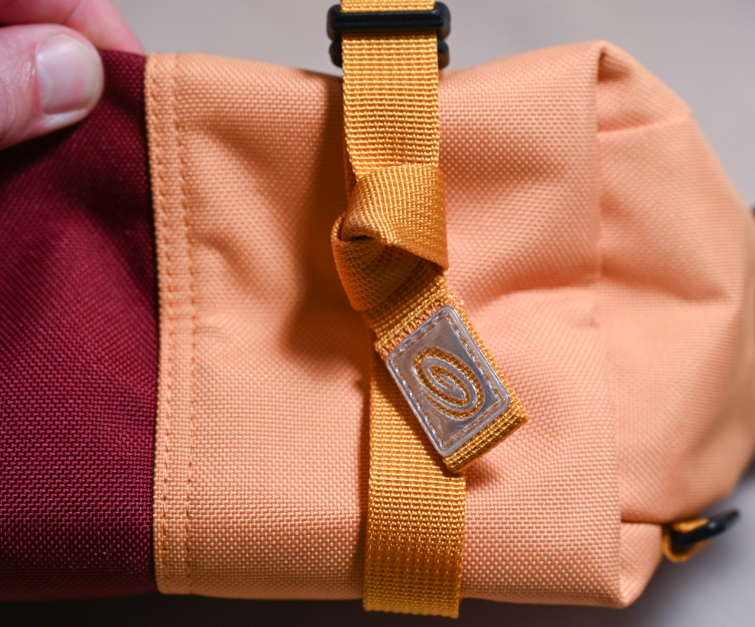
The strap to throw over your shoulder is nice and wide and well padded.
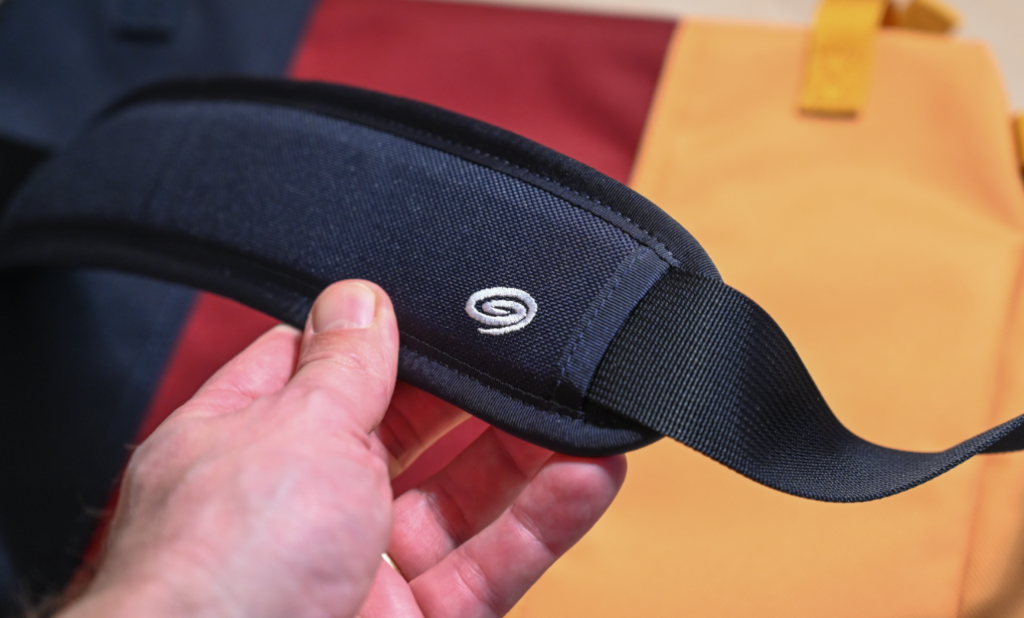
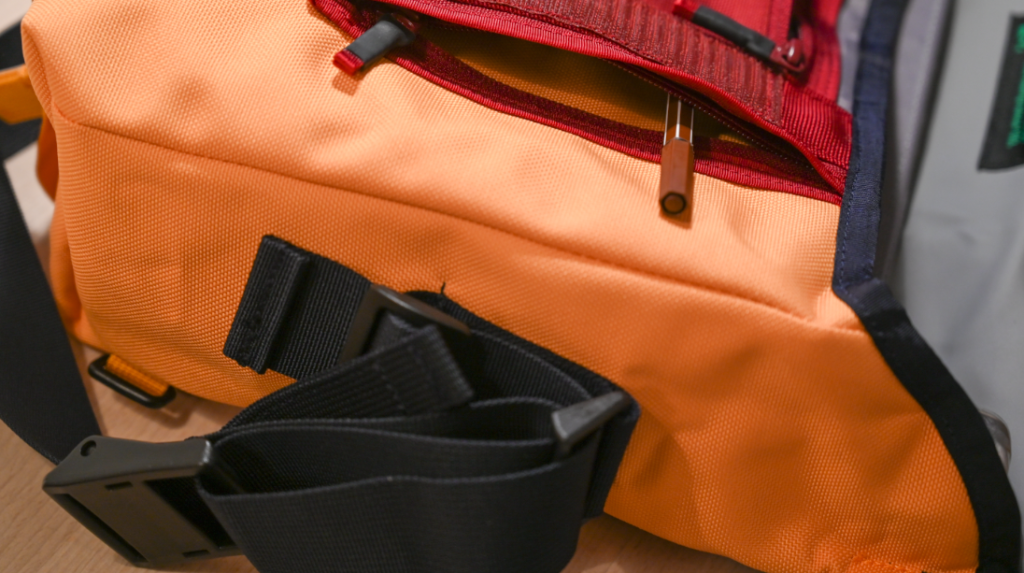
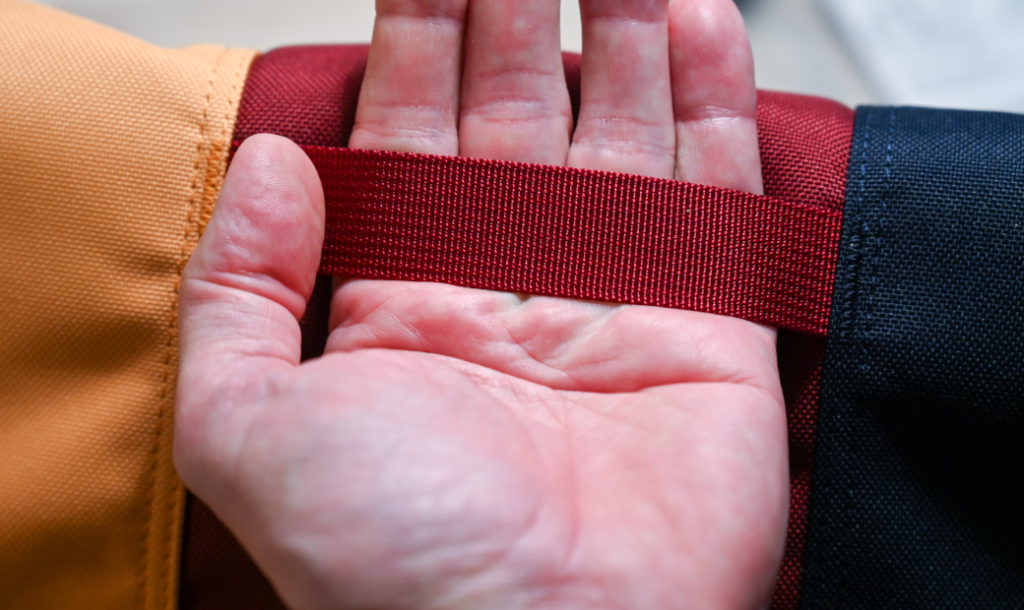
The flap that closes the bag is fitted with both velcro and buckles. When not out and about, the velcro is more than plenty to keep the bag closed, in fact, sometimes it feels a little to efficient when you just want to grab a pen quickly and the velcro does what it can to keep the bag shut! But you’ll get used to it.
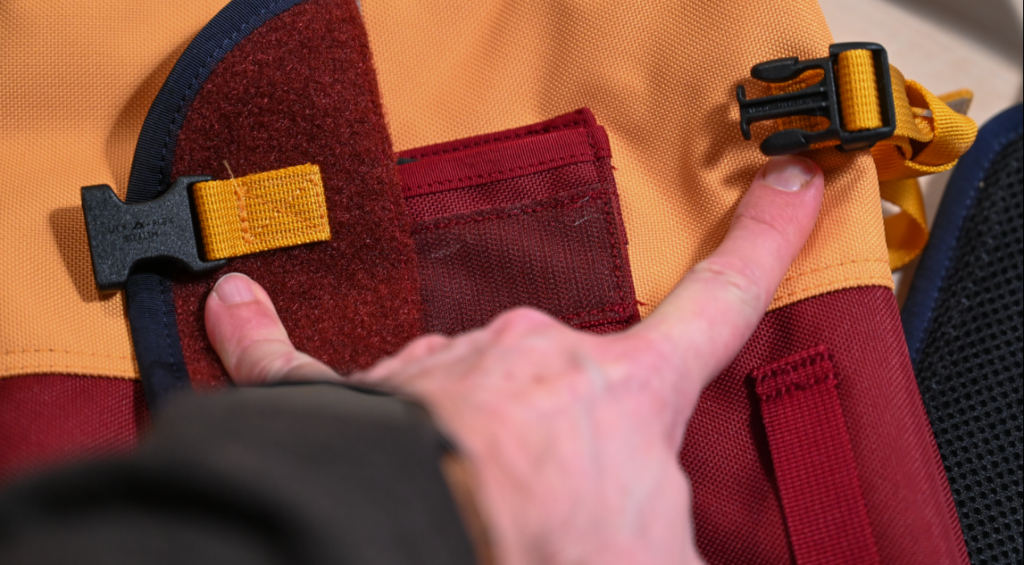
Conclusion
If this bag will suit you and your needs of course comes down to your criterias and personal preference. It is a very solid built bag, durable materials and very convincing sewings everywhere. And they have clearly thought very carefully about many of the details such as the closing mechanism, the pockets, the strings, etc. In my humble opinion the design is spot on for a simple bag that will serve you for many years without breaking the bank.
However, the money has been spent on solid durable fabric, sewings and straps, and not on more luxury items such as padding, leather or other up-market features. It is a very basic bag, and if you want a little extra or a little luxury, this bag is probably not for you. This one delivers the basics only, but does so very well.
Related reading
Review: Hövding 3.0 – airbag protection for cyclists!
Review: Garmin Varia RTL516 Rearview Radar and Taillight

